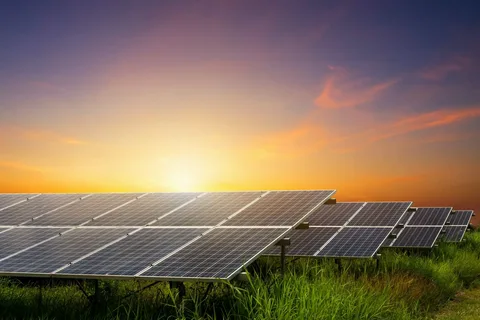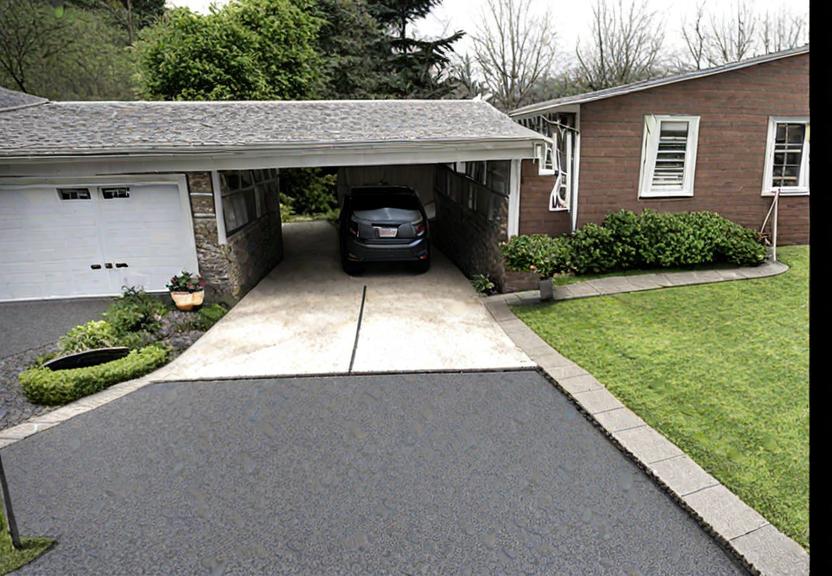The advantages of solar power systems are numerous, and many people are tempted to invest in the technology. But there are several factors to consider, including cost, recycling, and environmental impact.
Table of Contents
Recyclability
To address the challenges of climate change, solar power systems must be recycled at the end of their lives. A growing industry is looking at ways to recycle these valuable pieces of technology. A recent study by the International Renewable Energy Agency (IRENA) revealed that the recyclable materials in old solar modules can be worth $15 billion by 2050. However, the recovery of these materials will require technological improvements. Aside from the obvious need for technological advances, there is a need for supportive legislation and regulations. Currently, the U.S. and most other countries do not have national mandates for recycling solar panels. Consequently, there are very few companies offering such services. Another issue holding the industry back is the lack of consumer awareness. For instance, most solar manufacturers claim that their panels will last for at least 25 years, but the average lifespan of these components is closer to 25 years. This makes the recycling of solar panels a challenge.
Economic Investment
Economic investment in solar power systems can be a challenging endeavor. For newcomers, the key to success is to understand the market. In addition to its environmental benefits, solar energy has proven its financial worth. Several large institutional investors are beginning to notice renewables’ potential. These include sovereign wealth funds and pension funds. However, they may need in-house expertise to make the right decisions. This presents an opportunity for a company to engage with a prospective investor. As a result, several misconceptions need to be addressed. Some of these misconceptions involve the technology and scalability of solar assets.
The solar industry has seen a rapid expansion in recent years, and the sector has grown to meet global demand. It has also experienced a rapid decline in costs. Solar is now one of the planet’s least expensive sources of electricity. Investment in solar assets has the potential to deliver low-risk profiles and stable long-term cash flows. It is, therefore, important to identify potential investors and educate them about the market.
Impacts On The Environment
The impacts of solar power systems on the environment vary depending on the technology and the scale of the system. Solar power technologies include concentrating solar thermal plants (CSPs) and photovoltaic (PV) panels. In addition to producing clean energy, solar power systems can reduce air pollution, acid rain, and toxic smog. It can also help to minimize water consumption. Photovoltaic systems can have a positive aesthetic effect in buildings and public areas. They can contribute to controlling lighting, ventilation, and shading. Larger utility-scale solar facilities may have an adverse effect on wildlife. For example, a transmission line may block the seasonal migration of animals. Furthermore, new roads and increased vehicle activity can increase the risk of habitat loss and biodiversity degradation. Land use is one of the most important factors when planning a solar project. A large-scale solar farm requires significant land. Depending on the type of facility, the total amount of land required may vary greatly. Some studies have shown that PV production is linked to carbon emissions, habitat loss, and unsustainable mining practices. Dust and particle emissions can adversely impact photosynthetic processes, soil fertility, and water use.
Costs
When you purchase a solar power system, the costs will vary depending on your region and local incentives. Most systems pay for themselves in less than five years. Installing a solar panel system is a great way to lower your utility bills. But you must remember that the average cost to install solar panels in Texas will be different from other cities and states. Also, you’ll need to spend money to maintain the system. This means cleaning the panels and inverters periodically. You’ll also need to replace batteries every couple of years. If you need financing, there are some options available to you. The average cost of a solar panel system is about $16,000. It will depend on the type of system you want and the number of solar panels you need. Purchasing monocrystalline panels is the most efficient. Polycrystalline panels are a bit less efficient. Solar panel prices have gone down a lot in the last few years. However, it still costs a lot to install them. In addition, you’ll need to invest in professional installation.





